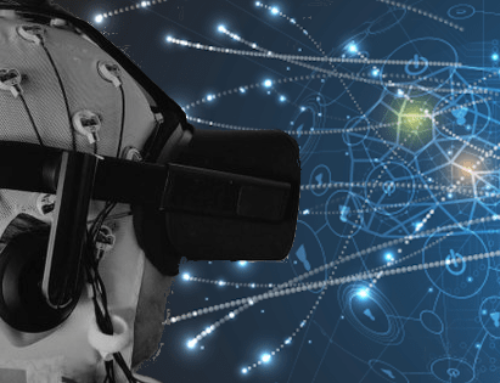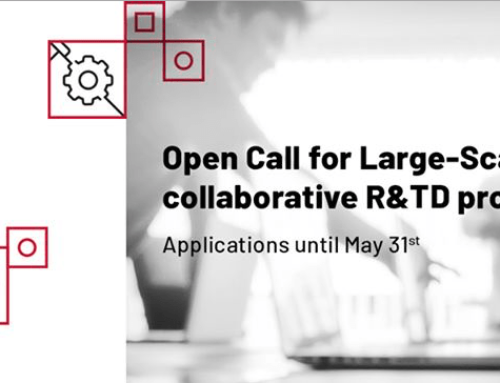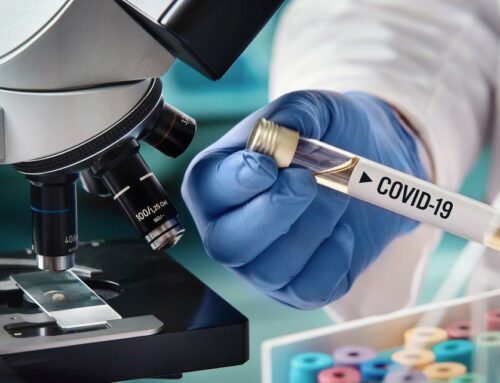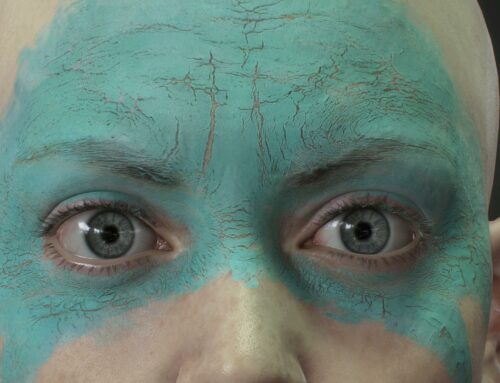Many different causes can lead someone to be motion impaired. Manuel Marques is a researcher in Computer Vision who suffers from cerebral palsy. For him and his colleagues, his lack of movement control served as inspiration for a robotic aid, since involuntary movements of his arms make it very difficult for him to feed himself.
“FeedBot aims to be a meal assistant robot that perceives the environment, localizes and tracks the head of the user, and cooperatively places the end-effector in a comfortable and safe position for the user to eat up the food. With its autonomy and learning, we foresee that FeedBot will have a great impact in the quality of life of people with a wide range of motion-related disorders, such as Parkinson’s disease, cerebral palsy, or stroke.”
This FCT project, which started in September 2018, entails collaboration with CMU, through Professor Manuela Veloso, and M-ITI with Professor Nuno Nunes. The team at ISR his headed by Professor João Paulo Costeira and Manuel Marques, but a fluid exchange among students and researchers is what influences good practices. When ISR student Catarina Silva took part in the undergraduate internship program, which took her to Pittsburgh for four months, she developed work that ended up being one of the seeds for this project. Building also on the theoretical work of previous CMU-IST PhD thesis, this project involves several people and expertise, be it the design of Human-Computer-Interaction systems of M-ITI or CMU’s symbiotic autonomy research on robot-human interaction.
One of those people currently involved in the goals of this project is Alexandre Candeias, a researcher focused on the vision and pattern recognition component of the prototype, one of the main focusses at ISR. Even though this project’s core focus wasn’t initially the type of research he expected to be undertaking during his Masters, the actual real-world effect of the project led him in. “By the end of the year I realized that our work could impact many people’s lives in a positive way, and that seemed more motivating than an abstract or more hypothetical question.”
Alexandre also spent two months at CMU, where he worked with student Travers Rhodes on the first version of a functional arm. A Kinova MICO arm allowed the robot to feed someone based on visual intake, using tracking to know where the person was at each instance and directing the robot’s movement in real time so that it could adapt fluidly. During that time at CMU the opportunity came to develop a new version of the arm, a state-of-the-art modular low-cost manipulator hardware, based on the open source project Niryo One. This 3D printed prototype allowed to reduce the cost greatly and it seems to be adapting well to the challenge of building something robust enough to open a pathway towards commercialization.
The Feedbot project also involves work with specialized institutions. Centro de Reabilitação de Paralisia Cerebral Calouste Gulbenkian, for people with cerebral palsy, is collaborating with the researchers and offering an opportunity to test the robot, in a way that it can adapt to many ranges of difficulty in movement. “We want a robot that can help people when they move a lot as well as when they move very little. Our biggest challenge is that variability and managing to make something that really adapts to people’s needs.”
Besides this ongoing work the team is expecting to run another set of testing in the summer, but in the meantime, the research needed to work through specific challenges is adding to the knowledge level in Computer Science, as it integrates core vision algorithms, control of manipulation arms and learning from data. This basis of image recognition and analysis of movement is ultimately leading to a further understanding of human movement and bringing forward a new paradigm of robots that can self-adapt to users and environments.
In parallel, the focus remains on the practical usage of the robot. As Alexandre explained: “Long term what we want is to have something that’s portable and can be taken to a restaurant or a friend’s house without too much trouble while being completely adaptable. This way if someone has issues moving only on one side of the body, or if they can only manipulate objects in a certain way, the robot will be able to adjust and ultimately help the person using it achieve another level of independence.”





